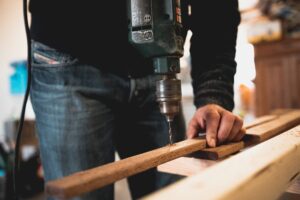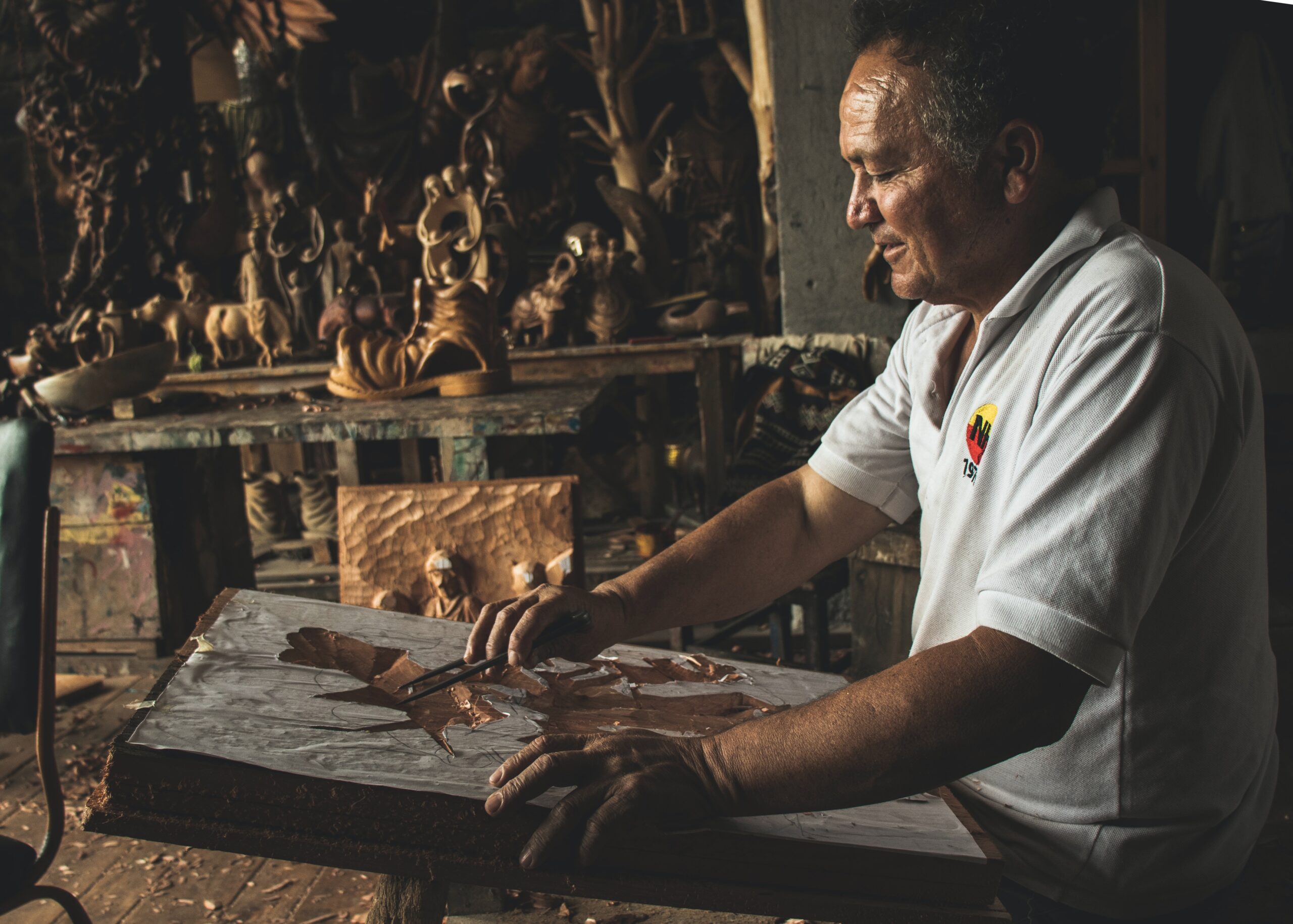Carpentry apprenticeship training typically lasts between three and four years.
Modern Carpentry
With concerns about deforestation and climate change, many carpenters are now using recycled or salvaged wood, as well as sustainable sources such as bamboo or certified timber. There is also a growing trend towards using non-toxic, low-emission adhesives and finishes.
History
The history of carpentry is a long and fascinating one, spanning thousands of years and numerous cultures. From its origins as a simple craft used to build shelters and tools, carpentry has evolved into a sophisticated and complex trade, with skilled carpenters using advanced tools and techniques to create everything from furniture to skyscrapers.

Throughout its history, carpentry has played a vital role in the development of human civilization, shaping the way we live and work. Today, carpentry continues to be a vital trade, with skilled carpenters in high demand all over the world.

As we move into the future, carpentry will undoubtedly continue to evolve and adapt to new technologies and materials. However, one thing is certain: the craft of working with wood will always be an essential part of human life.

Rough carpentry involves the use of large, rough-cut pieces of wood to create structures such as walls, roofs, and floors. This type of carpentry is typically done on construction sites, where speed and efficiency are important.
skilled
Carpentry is a skilled trade that involves the use of various tools to shape, cut, and join wood or other materials to create different structures, furniture, and decorative objects. It is a profession that requires both technical skill and creativity, as well as a deep knowledge of different types of wood, tools, and techniques. There are many different types of carpentry, each with its own set of skills and techniques. In this article, we will explore some of the most common types of carpentry and what makes them unique.
Finish carpentry
Finish carpentry is the opposite of rough carpentry. It involves the use of smaller, more refined pieces of wood to create finished products such as furniture, cabinets, and decorative trim. Finish carpentry requires a high level of skill and attention to detail, as the finished product must be both functional and aesthetically pleasing.

Greeks
Finish carpenters use a variety of tools, including table saws, miter saws, routers, and sanders, to cut and shape the wood. They also use specialized hand tools such as chisels and hand planes to create intricate details and smooth surfaces.

materials
Finish carpenters often work with a variety of materials, including hardwoods, softwoods, and engineered wood products. The main focus of rough carpentry is to create a structurally sound framework that can support the weight of the building and its contents.

circular saws
Rough carpenters use a variety of tools, including circular saws, hand saws, power drills, and hammers, to cut and shape the wood. They also use specialized tools such as nail guns and framing hammers to fasten the pieces together.
Cabinetmaking
Cabinetmaking is a type of finish carpentry that involves the creation of cabinets and other storage solutions. Cabinetmakers use a combination of hand tools and power tools to create cabinets that are both functional and beautiful. They often work with a variety of materials, including hardwoods, laminates, and veneers.
Cabinetmakers must have a strong understanding of woodworking techniques, as well as a knowledge of different types of hardware such as hinges, knobs, and drawer slides.

Furniture
Furniture making is another type of finish carpentry that involves the creation of furniture such as chairs, tables, and beds. Furniture makers must have a strong understanding of design principles, as well as a knowledge of different types of wood and finishes.
